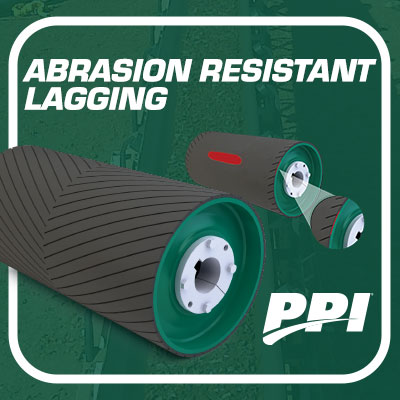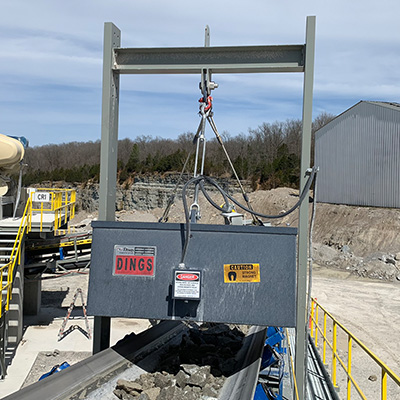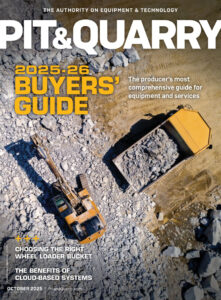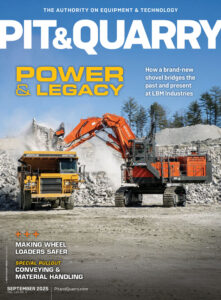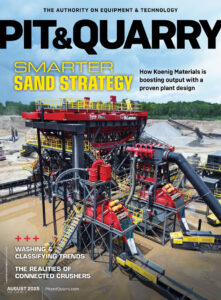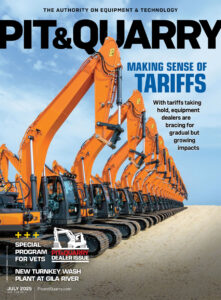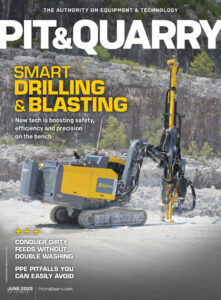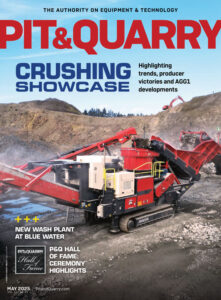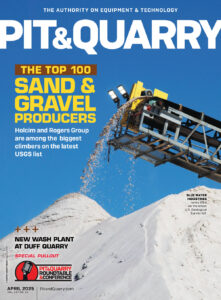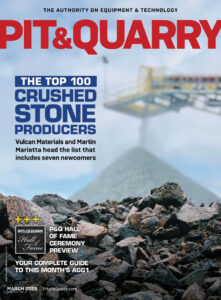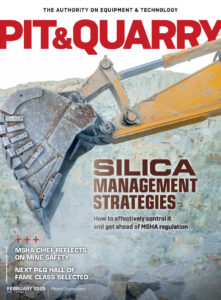Should an aggregate producer buy, lease or rent its equipment, vehicles or other business property?
Not too surprisingly, the answer depends on the operation’s situation. And, of course, there are also the new rules governing the accounting treatment of leases that makes them more transparent to potential lenders and investors.
Leasing equipment can be a good option for the owners of crushed stone, sand and gravel operations with limited capital that need equipment that must be replaced or upgraded every few years. Purchasing equipment might be a better option for an established business for equipment that has a long, usable life.
Obviously, the decision to buy or lease should be made on a case-by-case basis.
The basics
When it comes to acquiring equipment, vehicles or the building that houses the operation, every aggregate producer has the option to lease or buy. Leasing might be a good option for a business with limited capital.
Leasing requires less commitment than buying and makes it easier to upgrade when the lease term ends.
There may, however, be lease restrictions covering what can and can’t be done with the leased property.
Buying means the aggregate operation purchases and owns the buildings, equipment and vehicles outright. If funds are tight, there are financing tools available – including the offerings of dealers. Plus, there is bank financing with or without SBA guarantees that help to overcome the lender’s reluctance.
Buying means more commitment because the operation won’t be able to simply return the property as might be the case when a lease runs out. Of course, it also means the operation can alter, modify and use the property without restrictions.
The leasing option
Today, almost every type of equipment, vehicle or property can be leased, with the specific term dependent on the lessor, the type of property, the length of the lease and more. In general, equipment lease terms include:
• Contract periods varying between six months to seven years.
• Down payments that are usually low or nonexistent.
• Lease payments on a monthly, quarterly, semiannual or annual basis. Payment may start low and escalate later in the lease term.
• Collateral usually consists of the leased property, which can be repossessed if the aggregate operation falls behind on payments.
• End of the lease may require the return of the leased property or include a renewal option or the right to buy the equipment.
All leases are not equal
Among the various types of leases that an aggregate producer is likely to encounter is a so-called “master lease.” The master lease lets the operation lease additional pieces of equipment from a lessor without negotiating new contracts for each one. A master lease might be a good choice for any business anticipating near-term growth.
A recent change in the way leases are treated for accounting purposes changed the way leases are classified and recognized. Before the rule change, leases were either “capital” or “operating” leases. With the new accounting standard, capital leases are now called “finance” leases.
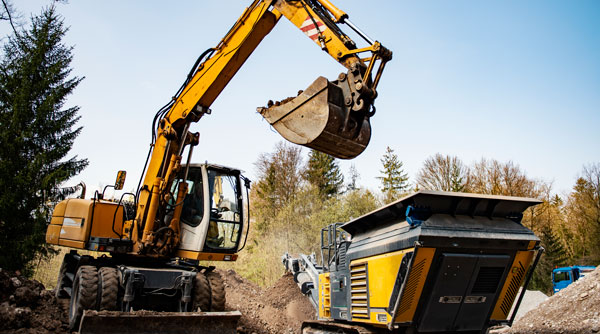
Operating leases remain the same, although they are recognized in a different way for accounting purposes. The former “capital” lease is no longer specific to one type of lease because the majority of leases will not have to be capitalized for accounting purposes – except those with a term of 12 months or fewer. The new term “finance lease” is used under the new ASC 842.
With a finance lease, the lessee bears the bulk of the risk associated with owning the leased asset. A finance lease is an acquisition of an asset that is financed through debt financing and usually for a period comparable to the asset’s expected life.
Operating leases, on the other hand, work much like a rental agreement. While the lessor continues to bear all ownership risk, changes in the accounting rules have changed the liability reporting requirements for balance sheets.
Operating leases, unlike an outright purchase, are usually for shorter periods than the asset’s useful life. In other words, operating leases are used for limited-term leasing of assets and include traditional renting relationships.
Related: Investing in new aggregate tech (Part 1)


